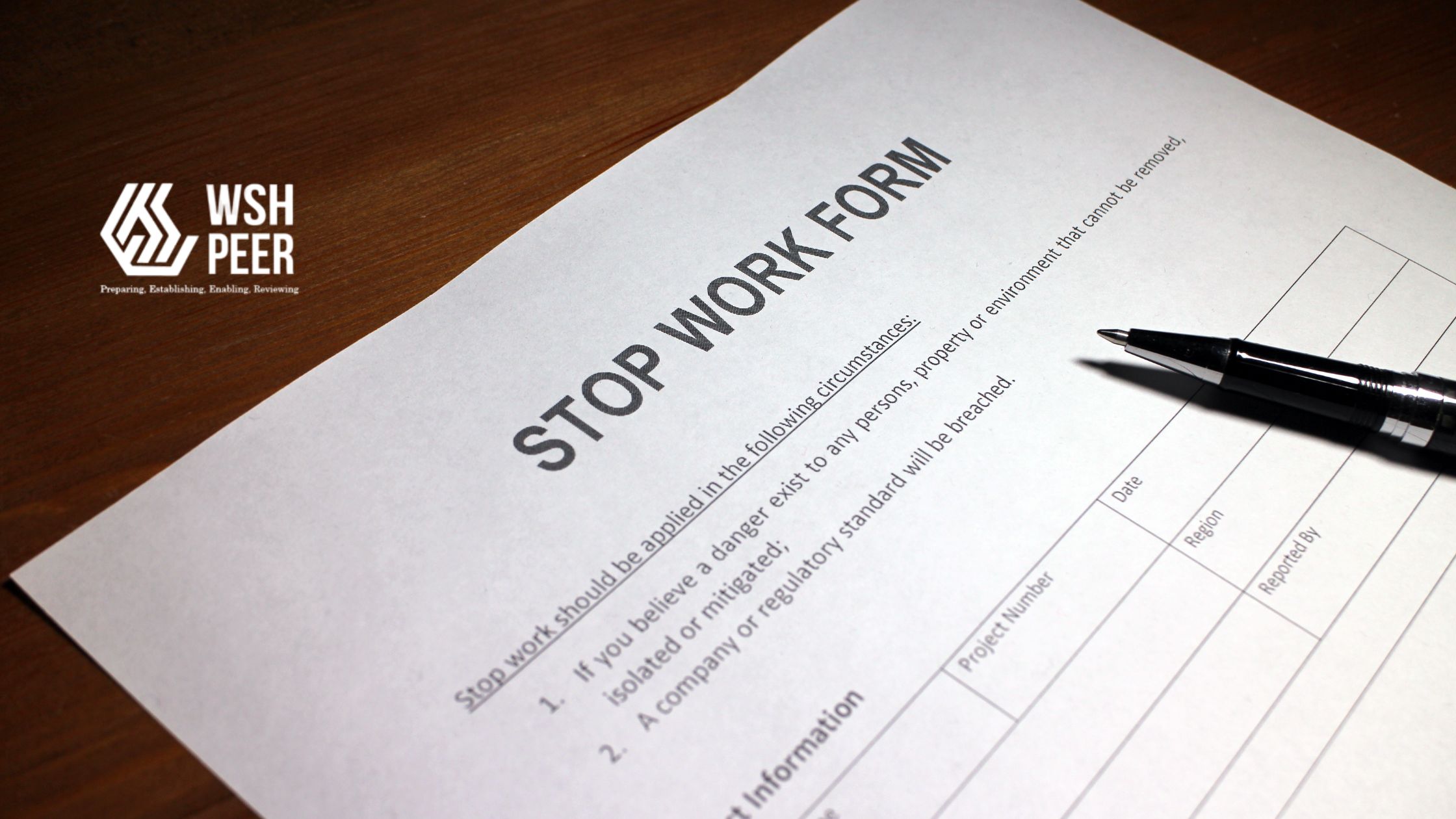Enhancing Workplace Safety Through Ergonomics: A PEER Approach
In today’s fast-paced work environment, small details often get overlooked. Whether it’s the way we sit at our desks, the height of our workstations, or how we lift heavy objects, these seemingly minor factors can lead to significant health issues over time. This is where ergonomics comes into play a critical aspect of workplace safety and health (WSH) that can prevent long-term injuries and enhance productivity.
Understanding Ergonomics
At its core, ergonomics is the science of designing the workplace to fit the user’s needs. It focuses on creating a work environment that promotes safety, comfort, and efficiency. The fundamental principle of ergonomics is simple: work should adapt to the individual, not the other way around. This approach is vital in preventing musculoskeletal disorders (MSDs) that can arise from poor posture, improper lifting techniques, and repetitive movements.

Common Ergonomic Issues in Various Industries
Different industries face unique ergonomic challenges. For instance, in the construction sector, workers often lift heavy materials without proper techniques, leading to back injuries. In the oil and gas industry, prolonged standing and awkward postures can cause chronic pain. Meanwhile, in manufacturing, repetitive tasks such as assembly line work can result in conditions like carpal tunnel syndrome.
These ergonomic issues not only affect workers’ health but also have a direct impact on productivity and operational efficiency. For example, a construction worker suffering from a back injury may take extended leave, leading to project delays and increased costs.
The Impact of Poor Ergonomics
Ignoring ergonomic principles can lead to serious consequences. MSDs, which include injuries to muscles, joints, tendons, and nerves, are among the most common workplace injuries. Symptoms can range from persistent pain to numbness and reduced strength, ultimately affecting an employee’s ability to perform their job effectively.
Moreover, the financial implications of poor ergonomics are staggering. Companies may face increased healthcare costs, higher insurance premiums, and lost productivity due to absenteeism. Therefore, investing in ergonomic solutions is not just a matter of compliance; it’s a strategic business decision.
Implementing Ergonomic Solutions with PEER
To address these challenges, organizations can leverage the PEER (Workplace Safety and Health Management System) software. PEER provides a comprehensive framework for managing workplace safety, including modules specifically designed to enhance ergonomic practices.
For example, the Personnel Management module allows companies to track employee health and safety training, ensuring that all workers are educated on proper ergonomic practices. The PTW Management (Permit to Work) module can incorporate ergonomic assessments into work permits, ensuring that tasks are assigned with safety in mind.
Additionally, the Inspection module can be utilized to regularly evaluate workstations for ergonomic compliance, identifying areas that need improvement. By integrating ergonomic assessments into routine inspections, companies can proactively address potential hazards before they lead to injuries
Practical Steps for Improving Ergonomics
To enhance workplace ergonomics, organizations should consider the following practical steps:
- Improve Posture: Encourage employees to maintain an upright posture, keep shoulders relaxed, and position computer screens at eye level.
- Use Appropriate Equipment: Invest in ergonomic chairs with lumbar support, adjustable desks, and lifting aids for heavy objects.
- Encourage Regular Breaks: Implement a schedule for short breaks to allow employees to stretch and relieve muscle tension.
- Provide Ergonomic Training: Conduct training sessions to educate employees on ideal work positions and safe lifting techniques.
- Evaluate Work Areas: Regularly assess work environments to ensure they promote comfort and safety.
Conclusion: A Commitment to Safety and Health
Ergonomics is not merely about comfort; it is a crucial element of workplace safety that can significantly affect employee health and productivity. By adopting ergonomic principles and utilizing tools like PEER, organizations can create a safer work environment that minimizes the risk of MSDs.
Don’t wait for discomfort to prompt action. Start implementing ergonomic solutions today to protect your workforce and enhance overall productivity. Investing in ergonomics is an investment in your employees’ health and your organization’s future.







